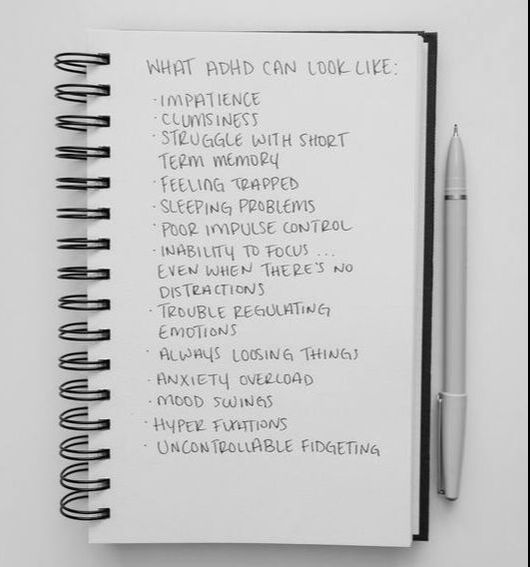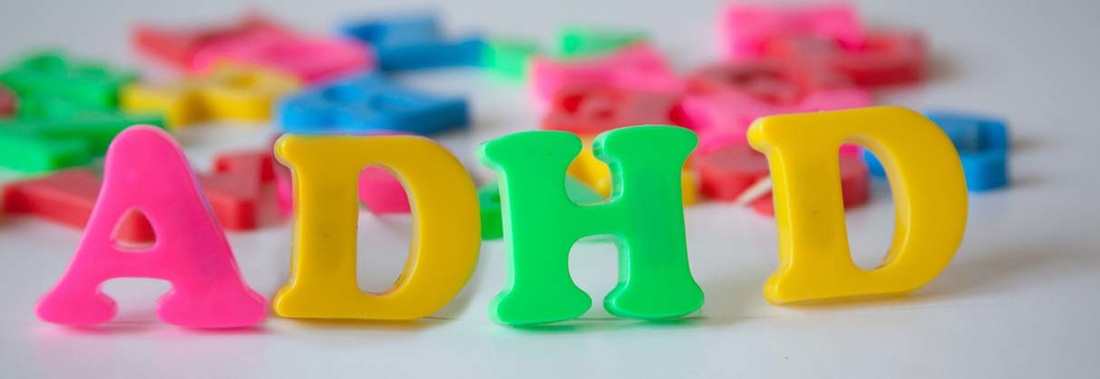ADHD Therapist
in San Diego, Oceanside, and Encinitas
Attention-Deficit/Hyperactivity Disorder is a neurodevelopment disorder that commonly affects children and often persists into adulthood. Here's an overview of ADHD in children:
- Symptoms: A persistent pattern of inattention, hyperactivity, and impulsivity that interferes with functioning or development. Symptoms may vary depending on the type of ADHD:
- Predominantly Inattentive Presentation: Children with this type of often have difficulty sustaining attention, following instructions, organizing tasks, and completing assignments. They may seem forgetful, easily distracted, and have trouble staying on task.
- Predominantly Hyperactive-Impulsive Presentation: Children with this type may fidget, squirm, talk excessively, interrupt others, and have difficulty waiting their turn. They may appear restless, impulsive, and have trouble sitting still.
- Combined Presentation: Children with the combined presentation exhibit symptoms of both inattention and hyperactivity-impulsivity.
- Onset and Diagnosis: Symptoms typically appear in early childhood, although they may not become apparent until the demands of school or other structured settings increase. Diagnosis is based on a comprehensive evaluation that considers the child's developmental history, symptoms, and impairment in multiple settings (e.g., home, school, social).

- Risk Factors: The exact cause of ADHD is not known, but a combination of genetic, environmental, and neurological factors likely contribute to its development. Risk factors for ADHD may include a family history of the disorder, prenatal exposure to substances like alcohol or tobacco, low birth weight, prematurity, and certain prenatal or perinatal complications.
- Impact on Functioning: ADHD can significantly impact various areas of a child's life, including academic performance, social relationships, self-esteem, and emotional well-being. Children may struggle academically, experience difficulties with peer interactions, and be at risk for emotional or behavioral problems.
- Treatment: Treatment for ADHD typically involves a combination of behavioral interventions, education, and, in some cases, medication. Behavioral interventions by an ADHD Therapist may include behavior modification techniques, CBT, Play Therapy, parent training, social skills training, and classroom accommodations. Medications such as stimulants (e.g., methylphenidate, amphetamine) or non-stimulants (e.g., atomoxetine, guanfacine) may be prescribed to help manage symptoms.
-
- Support and Management: Children with ADHD benefit from a supportive and structured environment that provides clear expectations, consistent routines, and opportunities for positive reinforcement. Collaboration between parents, educators, healthcare providers, and other professionals is essential to address the child's needs effectively.
- Prognosis: With appropriate treatment and support, your child can learn to manage their symptoms and thrive. Early intervention, consistent monitoring, and ongoing support are key factors in promoting positive outcomes.
Overall, ADHD is a complex and heterogeneous disorder that requires a comprehensive and individualized approach to assessment and treatment. By understanding the symptoms, risk factors, and impact of this disorder on children, parents, educators, and healthcare professionals can work together to support affected children and promote their long-term success and well-being.
Find an experienced and compassionate ADHD Therapist today.
Find an experienced and compassionate ADHD Therapist today.



